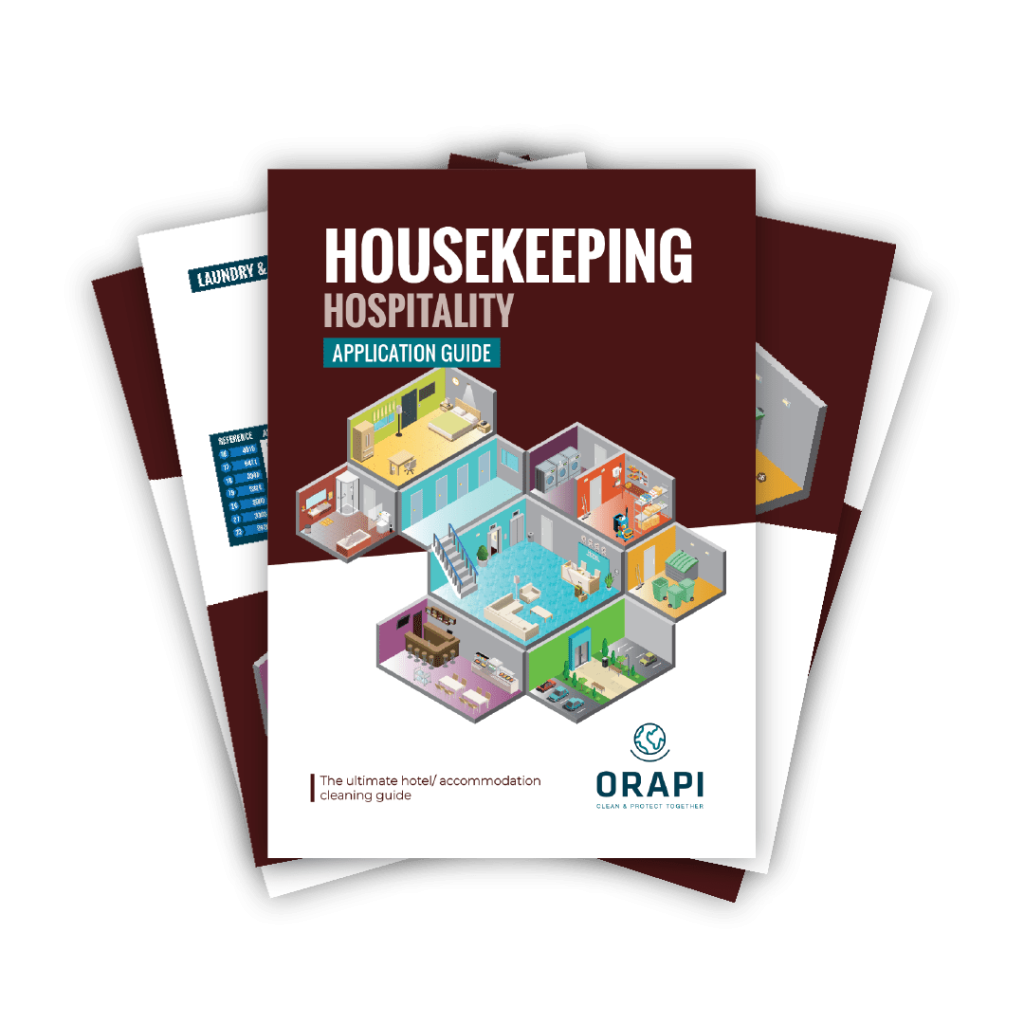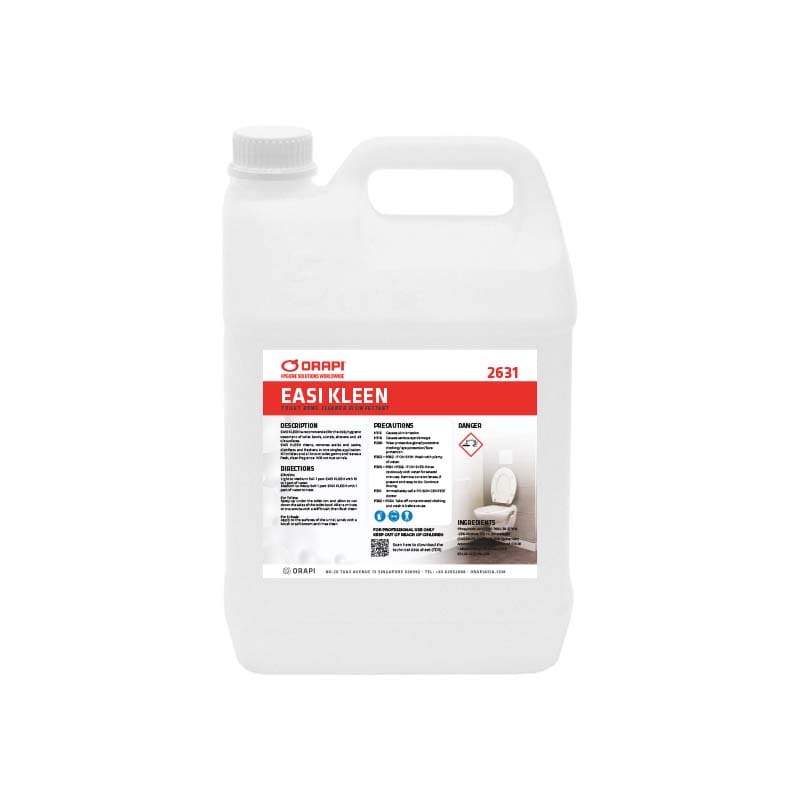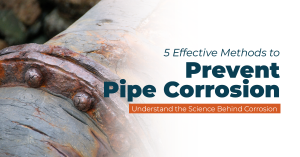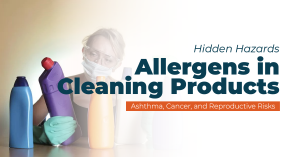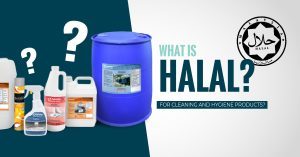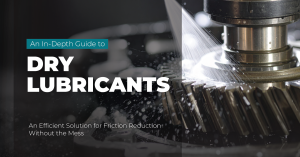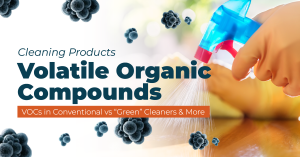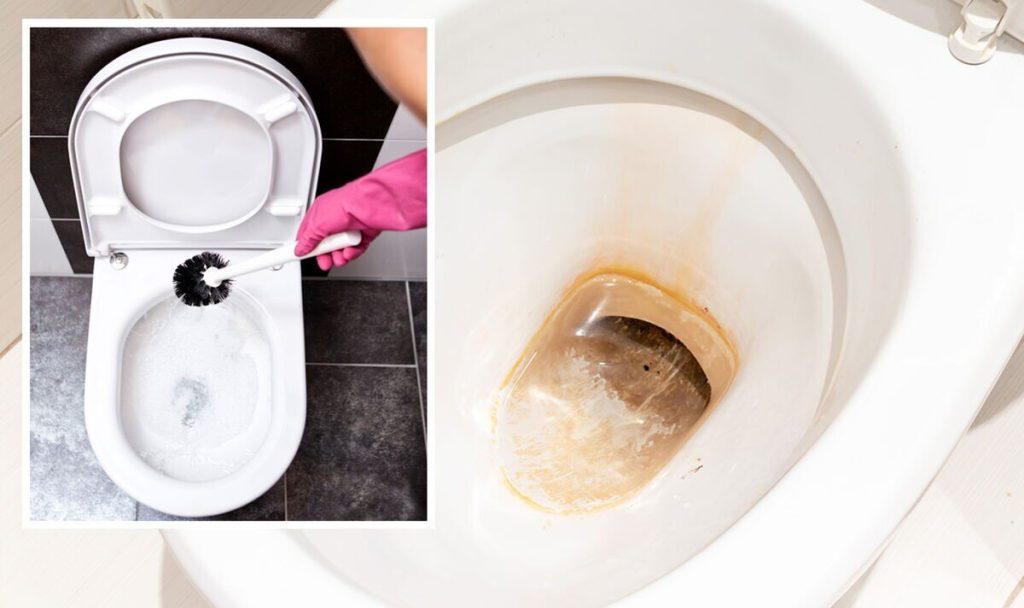
If you’re dealing with a stained and unsightly toilet bowl, you’re not alone. Limescale buildup is a common problem that most establishments face, and it can be tough to get rid of. However, there are ways to tackle this issue and leave your toilet bowl sparkling clean. In this short guide, we’ll cover everything you need to know about cleaning limescale stains in your toilet. From the causes of limescale formation to the equipment necessary for descaling, we’ve got you covered. We’ll also explore the use of acid cleaners that can help make the process even more effective. If you’re wondering how to remove limescale from toilet bowls, keep reading for some useful tips and tricks.
What Causes Limescale Buildup in Toilet Bowls?
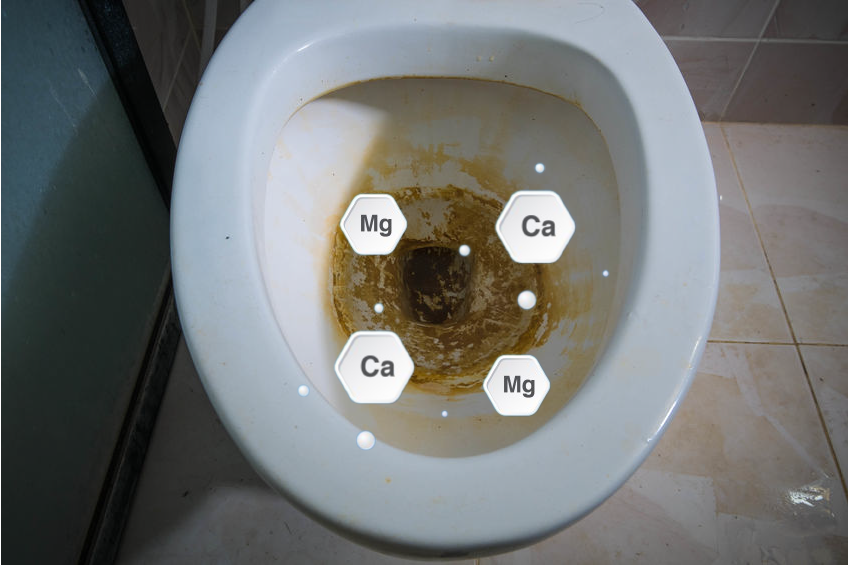
Limescale formation in toilet bowls is primarily caused by hard water, which contains high levels of dissolved minerals like calcium and magnesium. When hard water is flushed into the toilet bowl, some of the water evaporates, leaving behind these minerals, which can form a hard, chalky deposit on the surfaces of the bowl.
Why Do Only Acids Remove Limescale?
If you are wondering how to remove limescale from toilet bowls then then look no further than acidic cleaning agents. Acids are effective at removing limescale because they react with the minerals in the deposits, breaking them down and dissolving them. Limescale is primarily composed of calcium carbonate, which is a base that reacts readily with acids. Therefore, when acid comes into contact with limescale, it causes a chemical reaction that results in the dissolution of the mineral deposits.
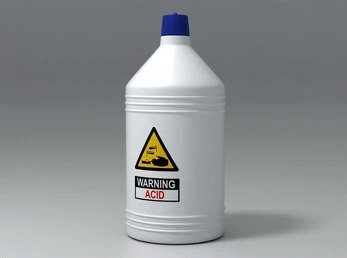
Steps to Descale the Toilet Bowl
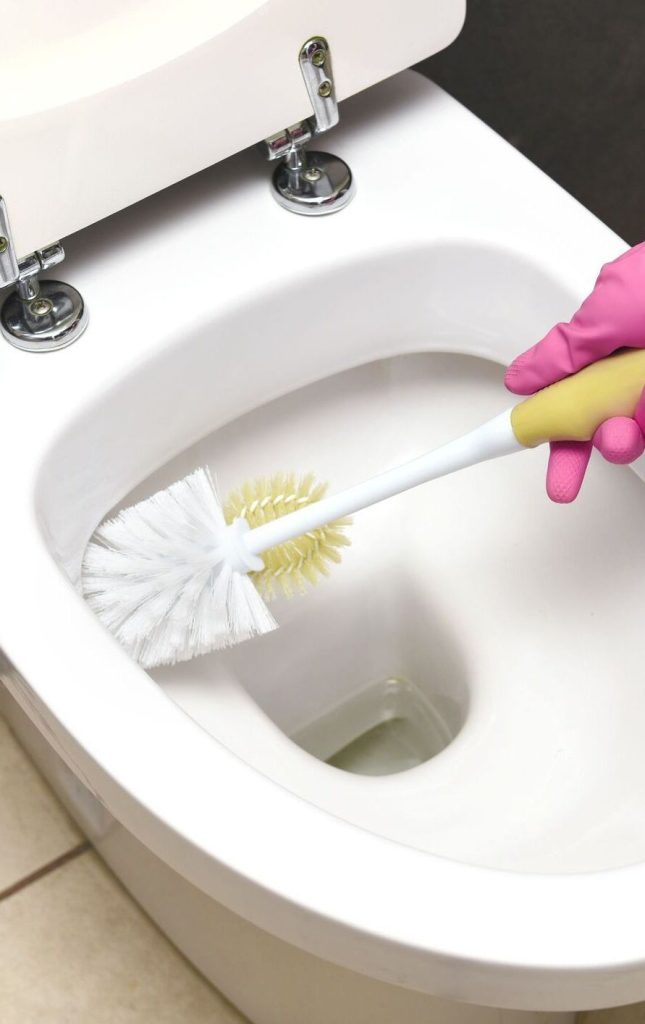
- Before proceeding, make sure that the room or toilet is well-ventilated to prevent any harmful gases from coming back up through the sewage pipe.
- Slowly pour the acid into the bowl until it is filled to just below its usual water level.
- For any limescale present around the rim, grab a tissue and soak it in the acid, then place the tissue around the rim, and compress it.
- For Toilets, spray under the toilet rim and allow it to run down the sides of the toilet bowl. After a minute or two, scrub with a stiff brush, then flush clean.
- For Urinals, apply to the surfaces of the urinals, scrub with a brush or soft broom and rinse clean.
- The fifth and final step in how to remove limescale from toilet bowls includes flushing the toilet with the brush still inside to remove any remaining acid clinging to the brush.
ORAPI Solution for Daily Maintenance: EASI KLEEN
EASI KLEEN is a versatile cleaning solution ideal for eliminating mineral scales, stains, and rust stains from restroom and bathroom fixtures, including toilet bowls, urinals, and showers, as well as other hard surfaces. Its efficacy has made it a top choice for cleaning in a wide range of settings, including factories, schools, hotels, motels, restaurants, nursing homes, office buildings, public buildings, and more.
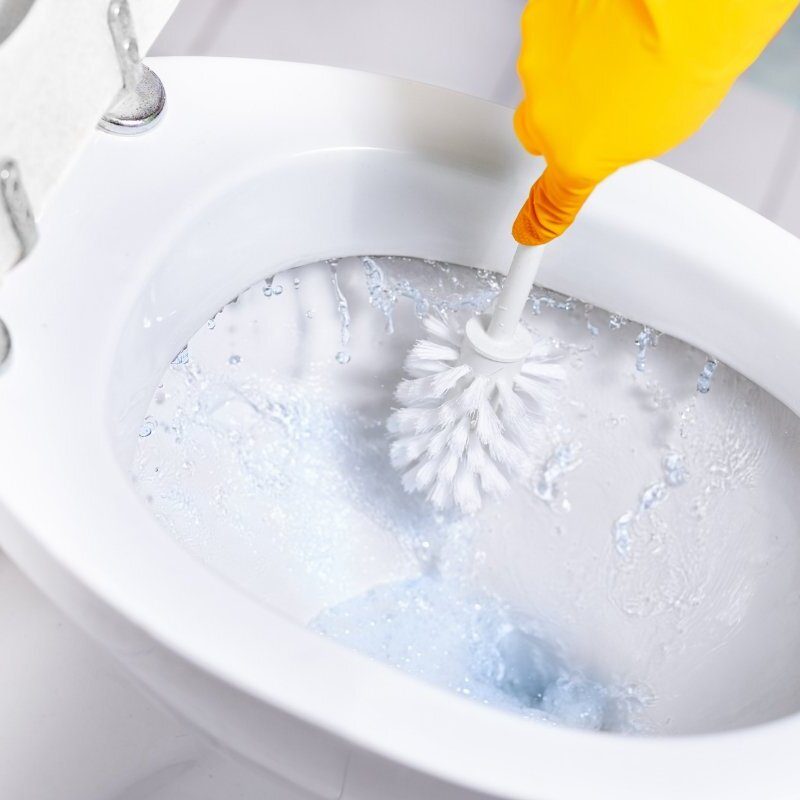
Using EASI KLEEN provides several additional advantages, including:
- Keeping a high standard of hygiene with daily use
- Avoiding the need for heavy scrubbing, which can scratch bathroom fixtures
- Preventing the buildup of grime, lime scale, and other contaminants
- Cleaning, deodorising, descaling, and disinfecting all in one application
- Leaving a subtle floral scent after cleaning
- Ensuring a dry and clean toilet, as it dries faster than most comparable products on the market.
EASI KLEEN Dilution
Light to medium soil: 1 part EASI KLEEN with 10 to 1 part of water
Medium to Heavy Soil: 1 part EASI KLEEN with 1 part of water to neat
ORAPI RECOMMENDS:
ORAPI Solution for Heavier Scale Buildup: TESTROX

In situations where hygiene has been overlooked over an extended period or in areas with stubborn stains and excessive scale accumulation, like public restrooms, TESTROX can provide a more potent and immediate solution. Boasting a pH level of less than 2 and swift penetration abilities, it can efficiently dissolve buildups that typically need scraping, chipping, or brushing. Moreover, it features corrosion inhibitors to safeguard metal surfaces.
TESTROX Dilution
Dilute TESTROX up to 5 parts with water. Plastic or polyethylene sprayers and buckets are recommended for application.
ORAPI RECOMMENDS:
Safety Precautions
- Acid has a high pH level and can be dangerous if not handled properly.
- When working with acid, it is important to wear gloves and eye goggles to protect your skin and eyes.
- There is a risk of splashback when pouring the acid, so be careful and avoid scrubbing too hard or too fast to prevent flicking acid onto yourself, even if you’re wearing protective gear.
- Avoid direct contact with skin and eyes. If contact occurs, immediately flush the affected area with running water for at least 15 minutes and seek medical attention if symptoms persist.
- Breathing in mists and vapours of acid can also be harmful. If you experience inhalation, move to an area with fresh air.
- If swallowed, do not induce vomiting and instead drink water. Seek medical attention immediately.
- Keep acid out of reach of children and use it with caution, following all safety instructions and recommendations.
CONCLUSION
If you’re wondering how to remove limescale from toilet bowls, there are several effective methods. One option is to use a commercial acid cleaner with a pH of 3 or below, such as ORAPI Solutions, EASI KLEEN, or TESTROX. These versatile cleaning solutions are effective at eliminating mineral scales, stains, and rust stains from toilet bowls. To use these cleaners, be sure to follow the instructions carefully and take necessary safety precautions, such as wearing gloves and having proper ventilation. With the right tools and techniques, you can easily remove limescale buildup and keep your toilet looking clean and fresh.
